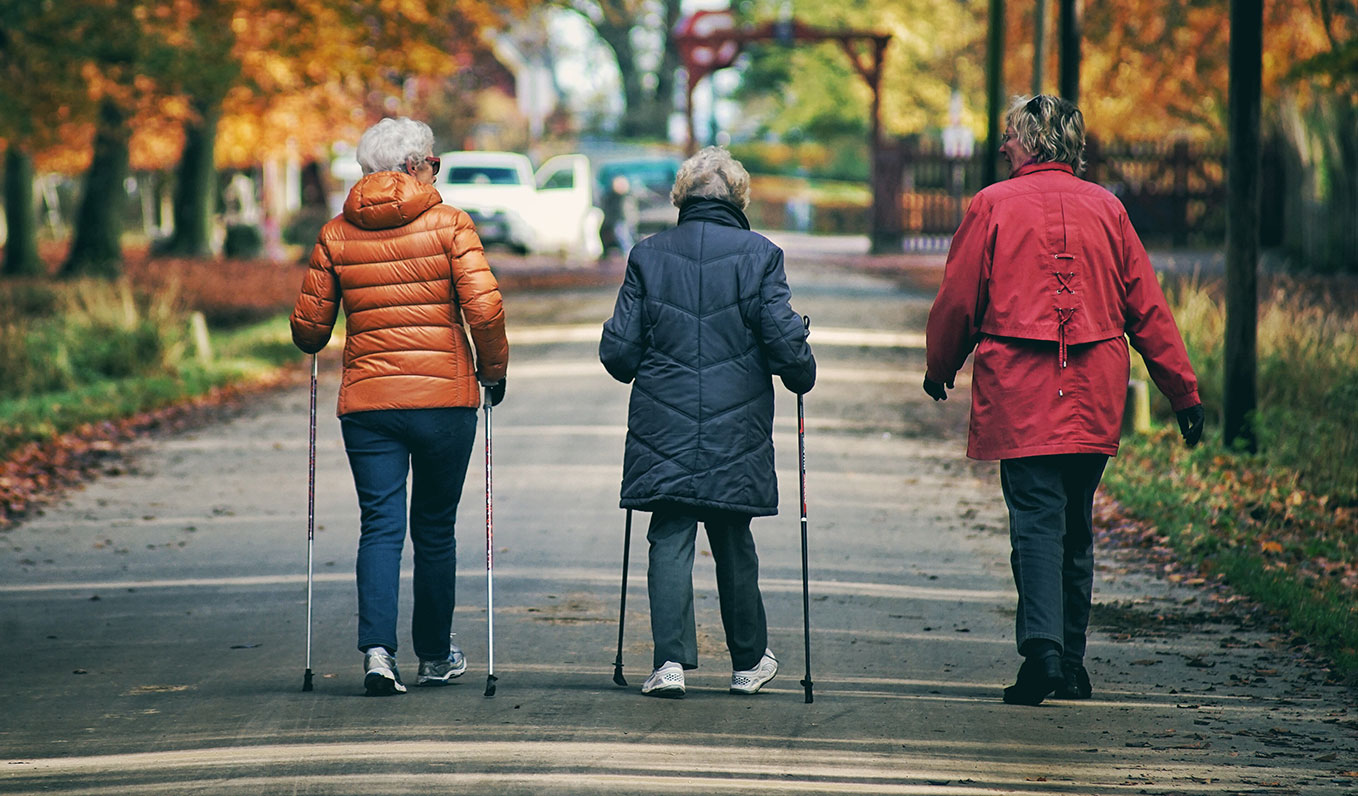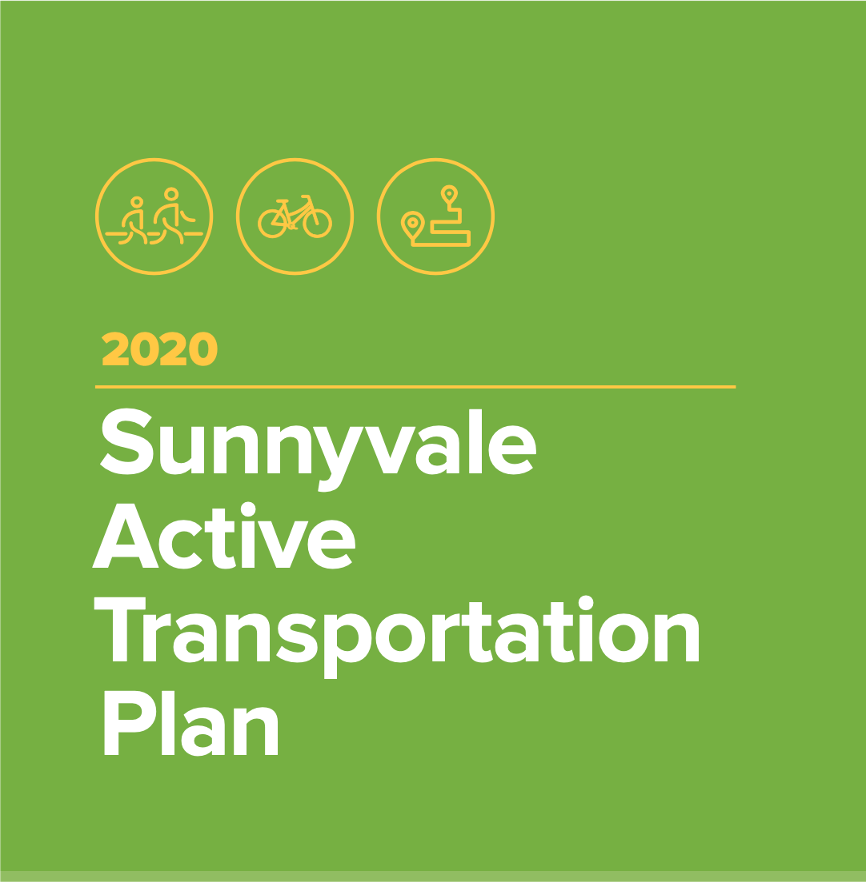Active Transportation is human-powered transportation. It re-invents city planning to make our cities healthier, more enjoyable, and more dynamic.
Implementing an Active Transportation Plan (ATP) can dramatically transform the way we live our lives in 10 ways:
- Safer streets for pedestrians and cyclists
- Healthier residents
- Stronger local economy
- Higher property values
- Tighter-knit community
- Cleaner air
- Less traffic congestion
- Lower cost of living
- Reduced city infrastructure costs
- Increased corporate investments in the city

Cupertino was designed in the 1950s and 1960s when the love affair with cars was at its strongest – wide car-friendly streets, narrow or non-existent sidewalks, no connections between neighborhoods, and an expectation that a car was required for all activities.
Currently, half of the trips residents take are within range of a 20-minute bike ride, with more than one-fourth within range of a 20-minute walk. Yet the vast majority of even these short trips are taken by car.
Kids rarely play in the streets for fear of fast moving cars, residents are rarely seen walking to destinations in their neighborhoods, green nature spaces have become few and far between, and many residents don’t know their neighbors.
An Active Transportation Plan is a people-centric approach to city planning, instead of a car-centric one. It strives to connect homes, workplaces, schools, shops, and recreation with a network of enjoyable and safe walking and biking routes, increase access to nature, and create a healthier, cleaner city.

This is about much more than making wider sidewalks or adding protected bike lanes. An Active Transportation Plan re-imagines neighborhoods to make them safer for pedestrians and cyclists, helps residents of all ages from kids to seniors to be healthier by giving them more opportunities to be physically active, and creates easier access to nature close to home. It fosters the economic health of local businesses by increasing neighborhood connectivity.
Communities that have implemented an Active Transportation Plan are more attractive to new residents as well as corporations, leading to increased property values and corporate investments.
More and more cities around the US and the world are implementing an Active Transportation Plan. In the Bay Area, cities and organizations that have committed to an Active Transportation Plan include the Bay Area Metropolitan Transportation Commission (MTC), San Mateo County, Alameda County, Caltrans, Sunnyvale, and Palo Alto.
Our neighboring city of Sunnyvale just completed a comprehensive 2020 Active Transportation Plan, updating the city’s 2006 Bicycle Plan, 2007 Pedestrian Safety and Opportunities Study, and 2012 Comprehensive School Traffic Study and replacing them with a single combined 2020 ATP Plan.
A couple of weeks ago, the Sunnyvale City Council added implementing the ATP to their top priorities for the year.
This is a huge achievement for our neighbors, and one that hopefully paves the way for Cupertino to follow.
For Cupertino to thrive and continue to evolve into a vibrant, livable city, we need to develop and implement an Active Transportation Plan. This will have far ranging impact on all facets of our community.
- Seniors – As many of our residents age in place, active transportation is key to keeping them healthy, active, and engaged in the community.
- Families – Creating safe and enjoyable spaces for kids to go to school, play in the streets, visit with their friends, and do family activities will attract more families to our city and strengthen our schools and community.
- Small businesses – Increased neighborhood connectivity and improved walking and biking opportunities for all ages has a direct impact on the economic vitality of our small businesses. Research shows that people who walk or bike to a store visit more often and spend more.
- Corporations – A robust walking and biking infrastructure creates a more livable and commutable community which in turn attracts corporate offices and investment.
- Climate change. More people using active transportation instead of cars helps reduce greenhouse gas emissions and traffic congestion.
There are real economic benefits of implementing an Active Transportation Plan in health care savings, business income, and property values.
A study in Utah found that if a person walked 2 miles per day, every day of the year, they would average $2,235 in annual savings on their healthcare costs. A number of studies show that neighborhood walkability increases both residential and commercial property values. Data also shows that multi-use trails cost much less than a car road to build or maintain and can generate millions in economic impact both from increased property values as well as from business income.
What can you do to help? Sign up to this mailing list to stay updated on WBC actions to encourage Cupertino to implement an ATP.

